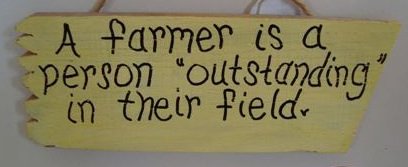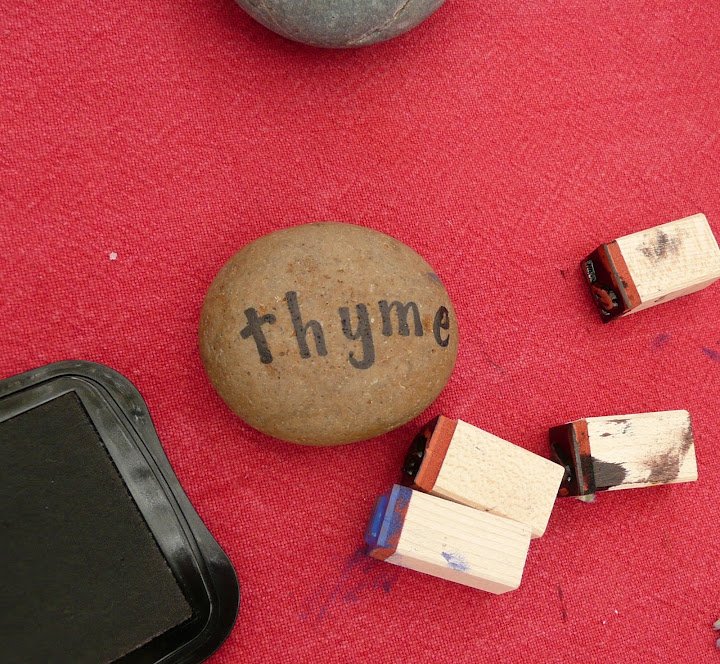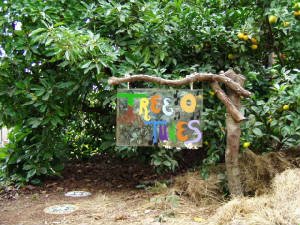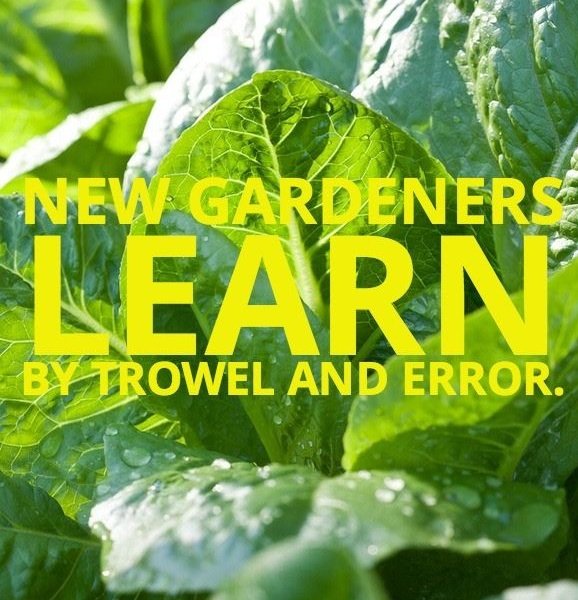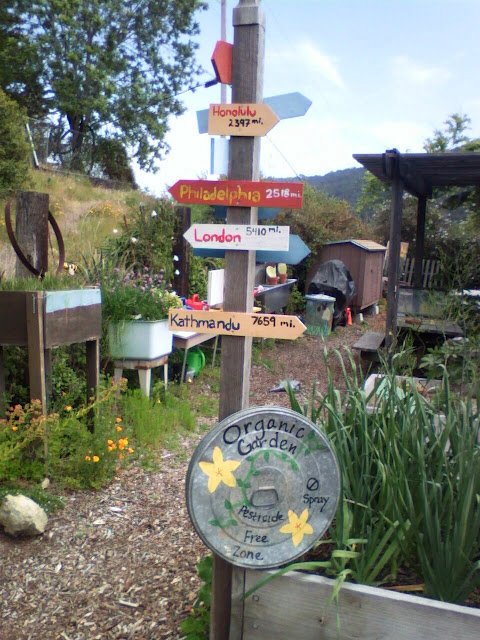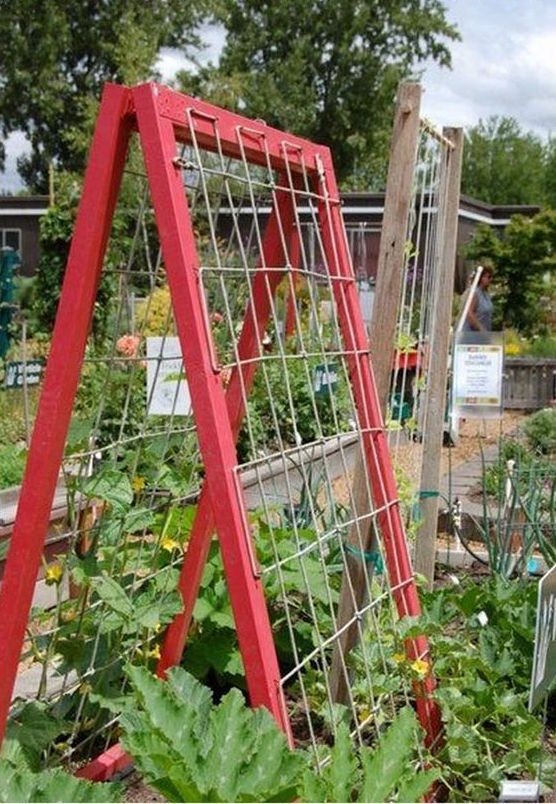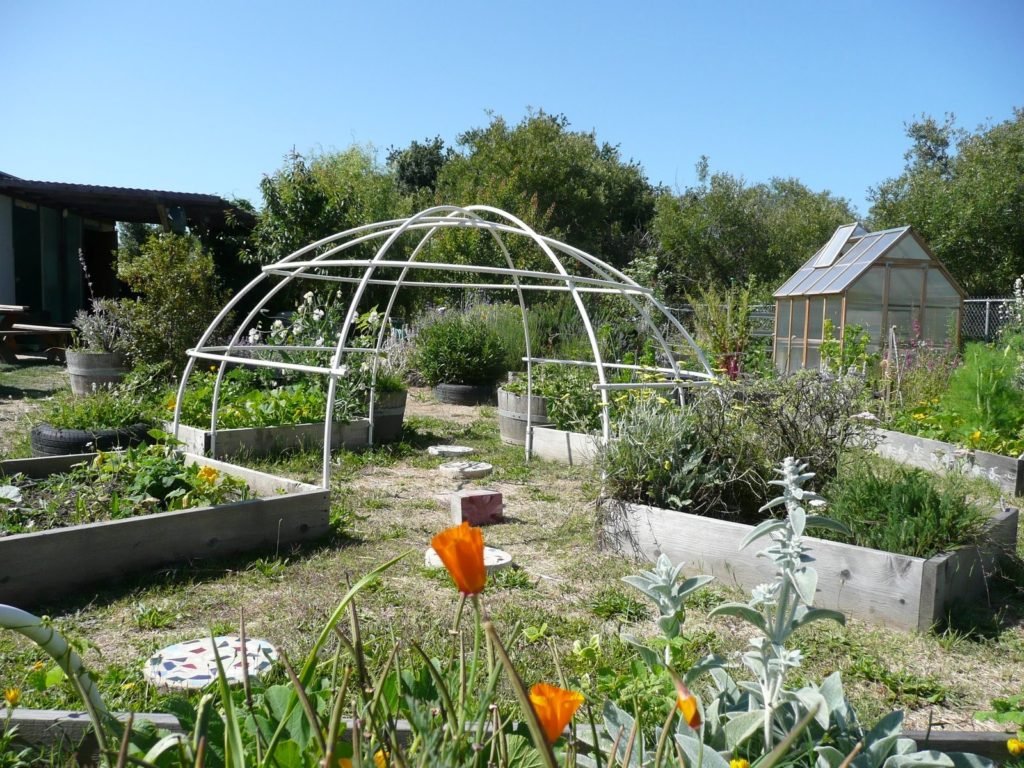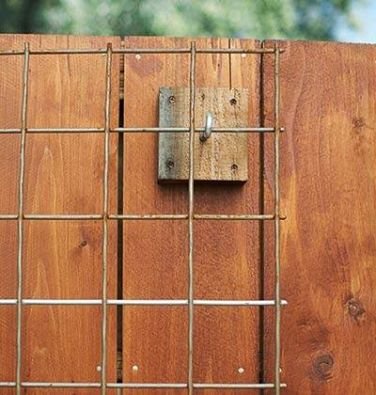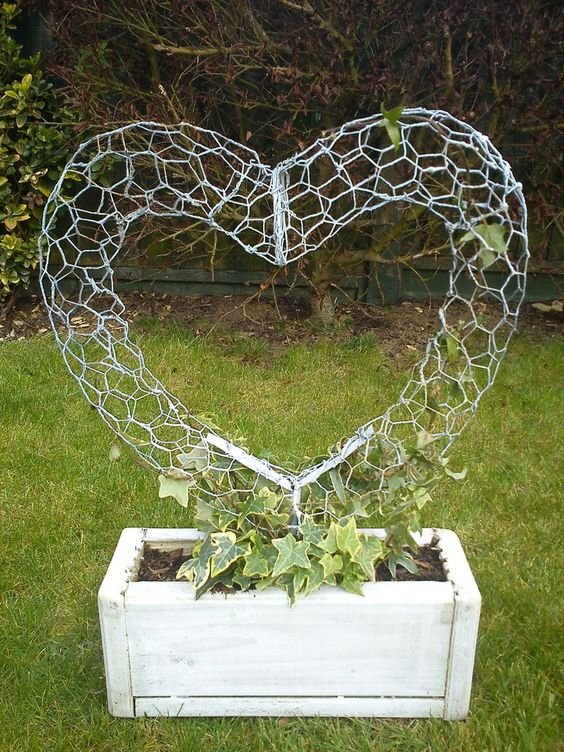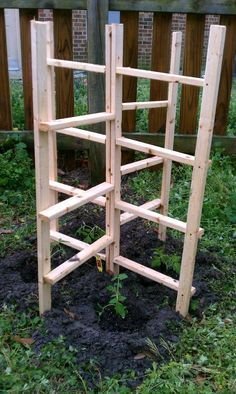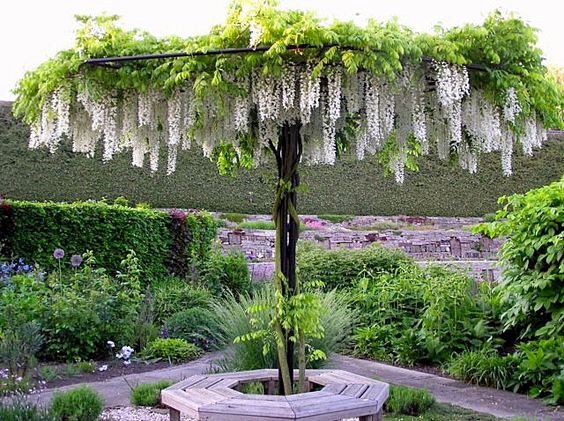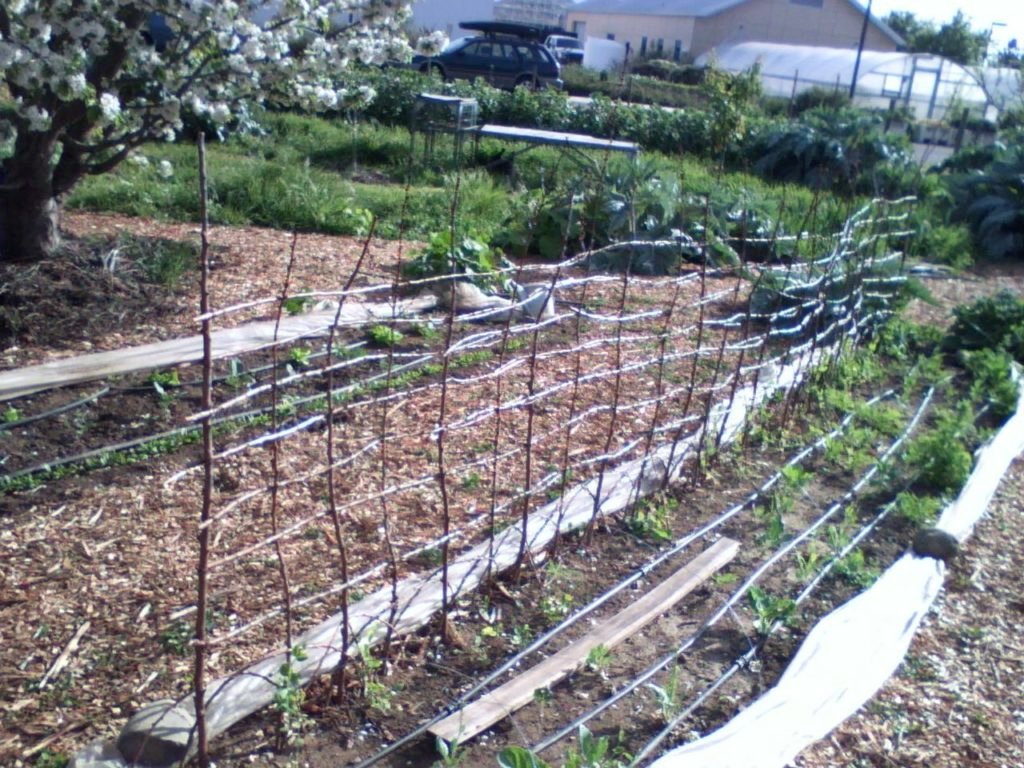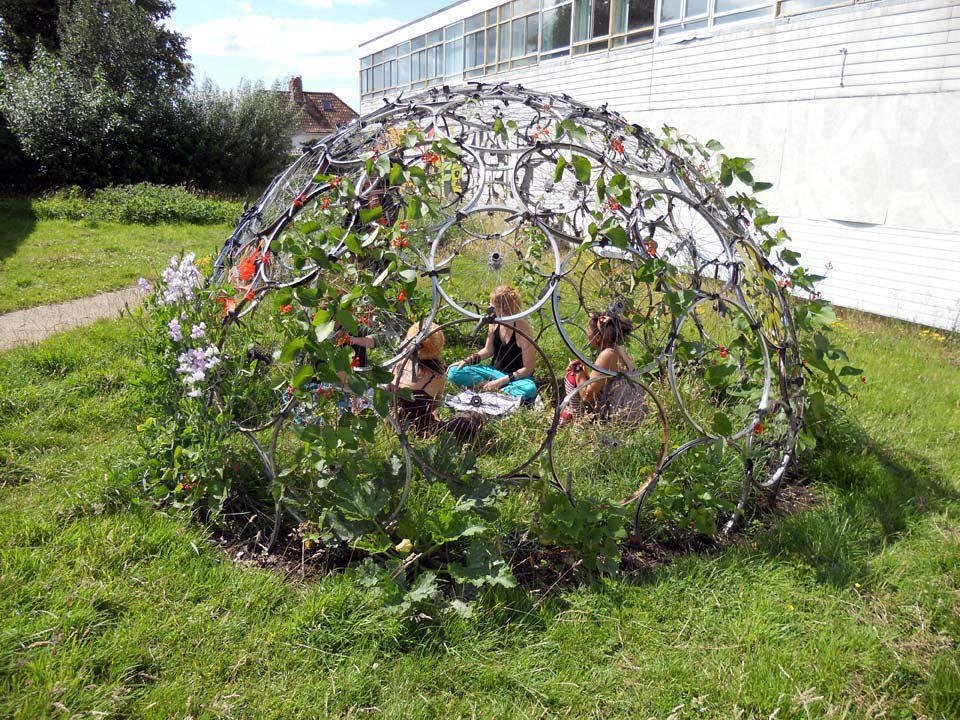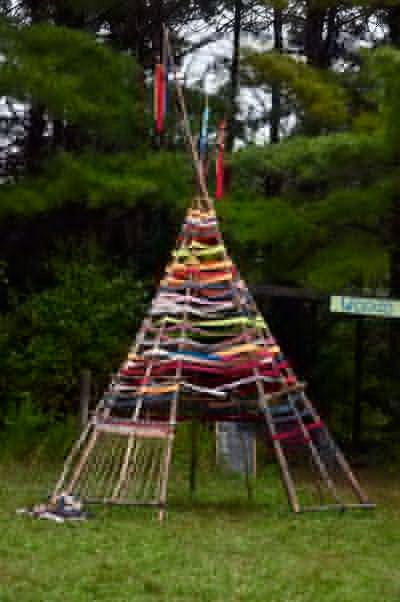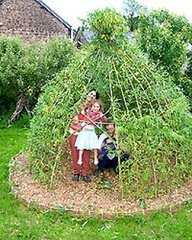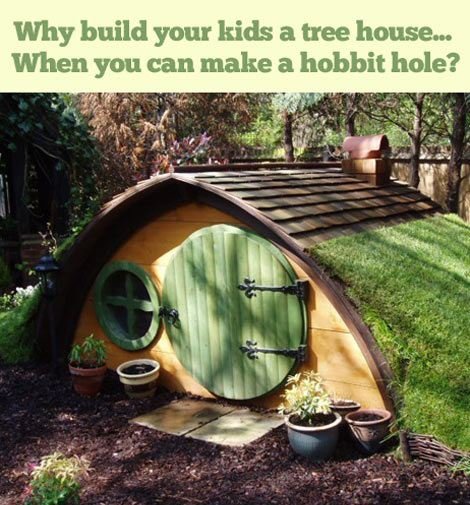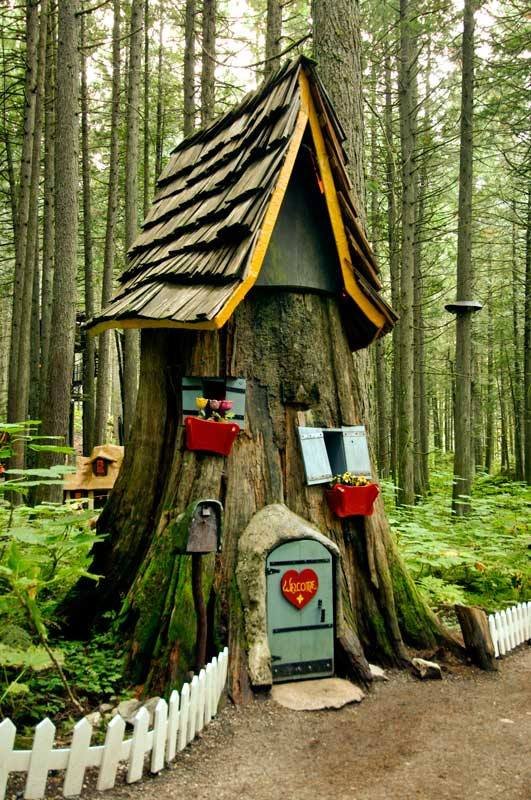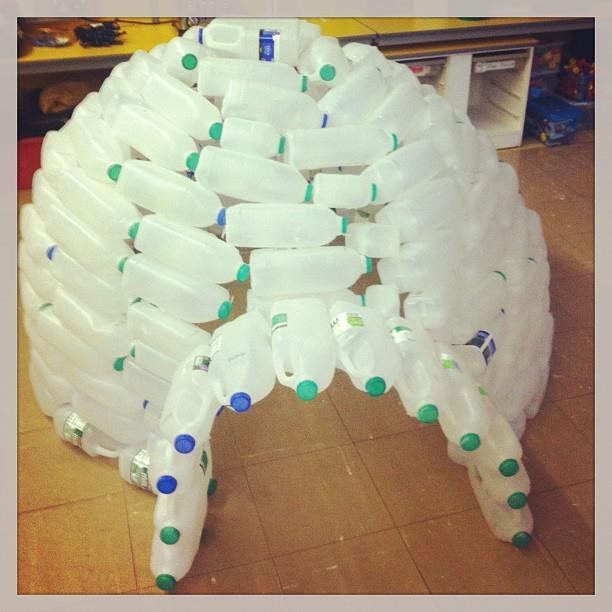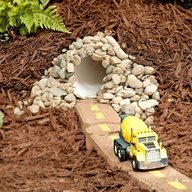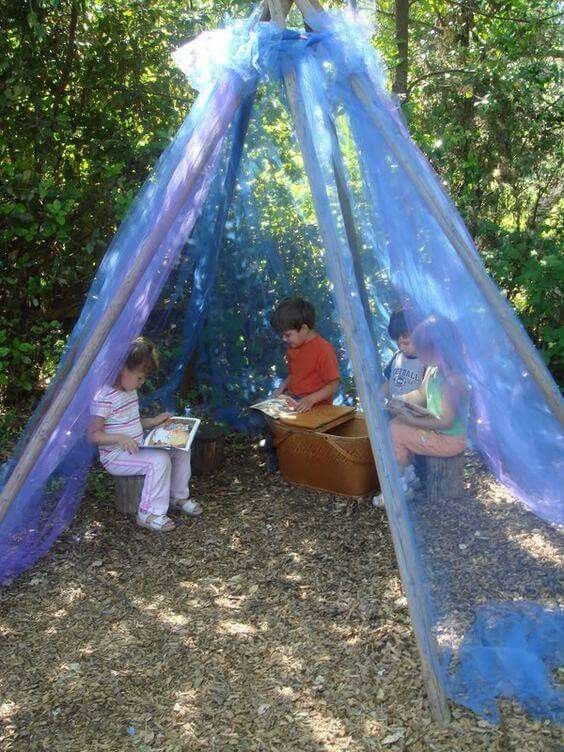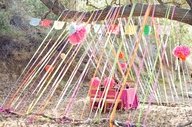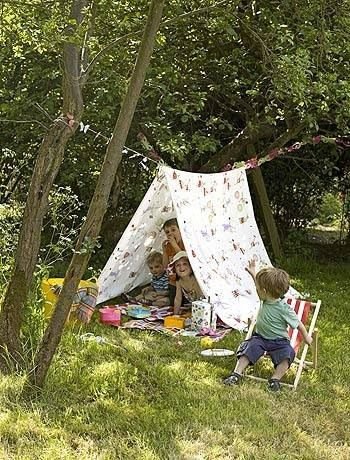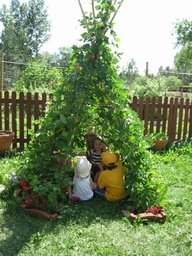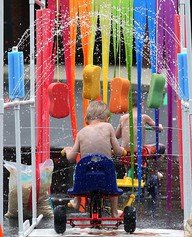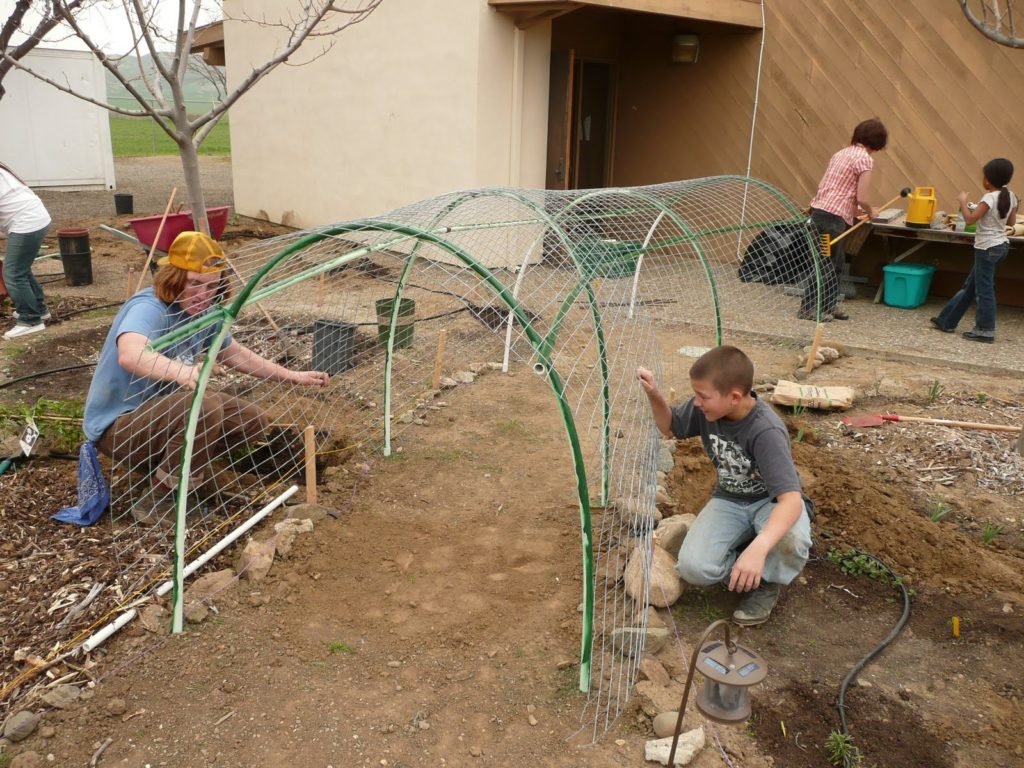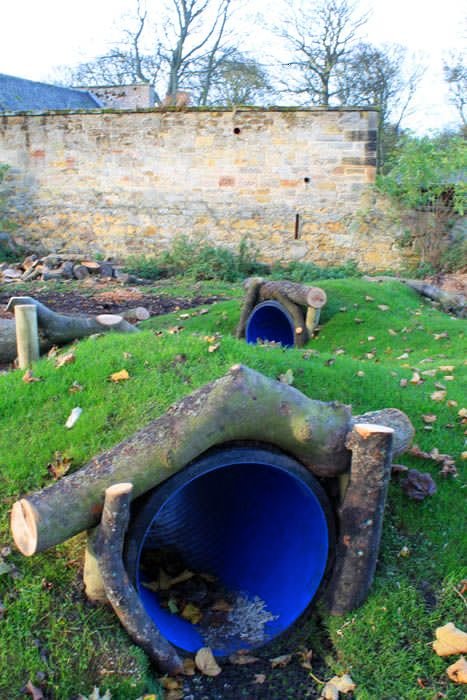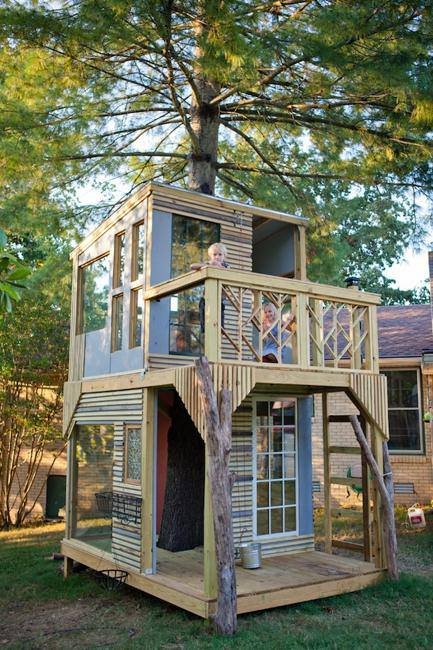THE MONTESSORI METHOD AND WHY I CHOSE IT FOR MY CHILDREN.
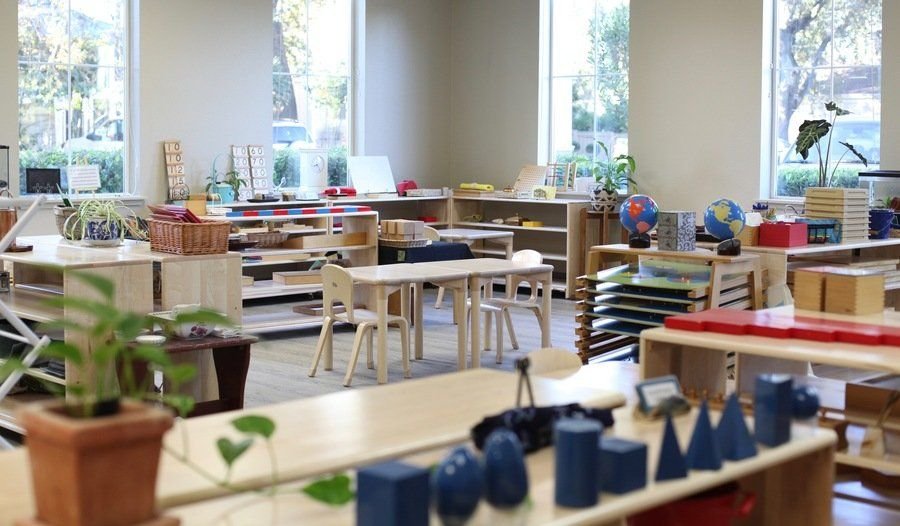
The Montessori Method of Education
A Montessori school can clearly be a successful alternative to the failure of traditional schools. It provides an entirely different active response to learning that preserves the intellectual curiosity children begin life with. The child falls in love with learning at a time when learning is easiest.
The goal of a Montessori program of education is to help children build within themselves the foundations for a lifetime of creative learning. This educational method remains the single best source of practical ways to stimulate the mental development of preschool children.
Children possess an intrinsic desire to explore, discover, and learn about their environment. Our educational system has failed to recognize the importance of a child’s early years when unconscious learning is brought to the conscious level.
Voids or deficiencies in the first three years of a child’s life are difficult to overcome. It is important to recognize the sensitive periods of growth and development and the uniqueness of the early years of a child’s life.
The first five years of a child’s life are critical for the child’s physical, cognitive, emotional, and social development. Research has shown that half of a person’s intellectual capability is achieved by age four. A preschool child can learn more easily and efficiently at this time than at any later period. The self-image a child acquires before age six sets his personality pattern.
The recognition of the importance of a child’s first six years of life in growth and development led me to look for a program that would be more educational and inspiring for my children, an environment that could satisfy their curiosity and develop their abilities, talents, and interests . . . a place where they could get a glimpse of the great variety and richness of life. It didn’t exist in Charleston at the time and this led me to become a co-founder of the Charles Towne Montessori School in 1972.
A Montessori pre-school experience provided the opportunities I wanted for my children. It enables a child to develop to the fullest extent possible their creativity, initiative, independence, and self-confidence. Montessori addresses the sensitive periods of growth in young children.
The Montessori approach to education provides an entirely different response to learning, preserving the innate intellectual curiosity with which children begin life and helps them develop a joy in learning at an age when learning is easiest. A Montessori education is a philosophy of child development and a rational for guiding such development. A basic understanding of the Montessori philosophy is essential.
There are four categories of materials:
Daily Living, Sensorial, Academic, Cultural and Artistic
The master idea of the system is the recognition of the fact that no human being is educated by anyone else. He must do it himself or it is never done. Piaget also believed that a child teaches himself. The child is the principle agent in his own education and mental development through a complex and continuous process of interaction between the child and his environment that begins at birth. Given the proper conditions, children prefer educating themselves to any other occupation. Unlike most adults, there is no need for rewards for the child’s objective is the work itself.
Children of differing ages are included in a class (3 to 6)(6 to 9). Younger children learn from the older children and this reinforced the older child’s knowledge as well. Children work individually and in groups. Each child is different and develops and learns at his own pace. Dr. Montessori proved that it is not necessary to keep special needs children separate from the general population.
The craving for constant unceasing activity and movement in a little child is intense and he must be allowed the space and freedom to move for this is how he learns.
The child works to perfect himself using the environment as the means. A meticulously prepared environment allows children the freedom necessary for individual and social development. The development of inner discipline can only come from freedom. Freedom of movement is an important feature of the environment. Freedom comes with self-discipline.
The Montessori materials are specifically designed to stimulate the child’s natural desire to act and learn through action. “Learning by Doing!”
There are four categories of materials:
Daily Living
Sensorial
Academic
Cultural and Artistic
The materials are not the conventional learning materials but provide the stimulus that captures the child’s attention and initiates a process of concentration. The control of error lies within the materials so the child can recognize a mistake. The child competes only with himself and success becomes it’s own reward. The impulse to learn comes from within the child, therefore rewards and punishments are unnecessary.
The directress or director is a keen observer and takes cues from the child. She is a perceiver of the child’s needs, a preparer of the environment and a programmer with materials and lessons. Each activity is directed toward a definite goal. Lessons are brief, concise, and simple. There are no assigned seats or stationary desks, but tables and chairs and mats to work on the floor.
If you have a young child and you haven’t visited a Montessori classroom I recommend that you schedule an observation.
Schools are different. Some Montessori schools are for profit schools. I prefer non-profit. Also they may have different licensing. The American Montessori license has different requirements from an international license. The International license has more strict and additional requirements of the space, classroom and teachers educational background. Make sure and check this when visiting.
Our educational goals require approaches that honor a global, ecological, and spiritual worldview. Montessori’s ideas continue to stimulate a holistic tradition. Holistic education is an approach whose time has come. We are approaching a crucial point in history: we must soon choose between total destruction of the ecosystem or a new worldview that strives for peace, cooperation, and justice based upon a reverence for life. The world is in agony now and it is often hard to believe it can be saved. All it takes is a shift of consciousness.
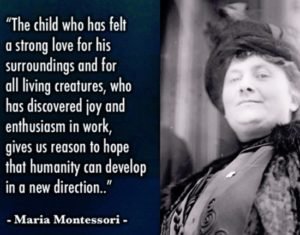
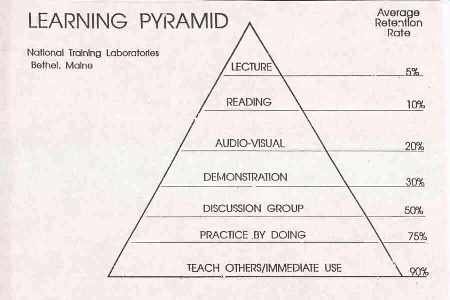

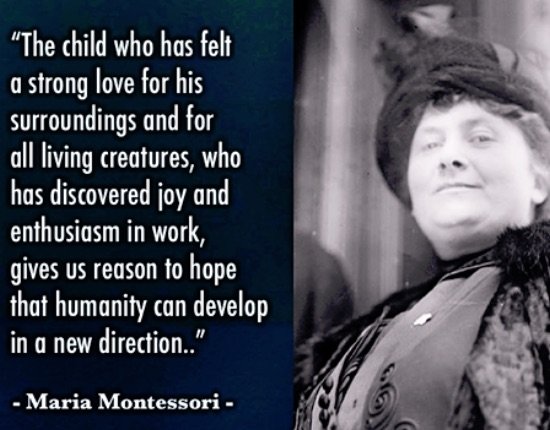 Dr. Montessori was the first female graduate in medicine from the University of Rome, Italy. It was through observation and working with institutionalized children that she developed this teaching method. The disturbed and handicapped children progressed very rapidly beyond even the average child. Montessori proved to the world that it is not necessary to keep special needs children from the general population and raised the question: What are we doing wrong with normal children that they can be outperformed by the mentally retarded?
Dr. Montessori was the first female graduate in medicine from the University of Rome, Italy. It was through observation and working with institutionalized children that she developed this teaching method. The disturbed and handicapped children progressed very rapidly beyond even the average child. Montessori proved to the world that it is not necessary to keep special needs children from the general population and raised the question: What are we doing wrong with normal children that they can be outperformed by the mentally retarded?

